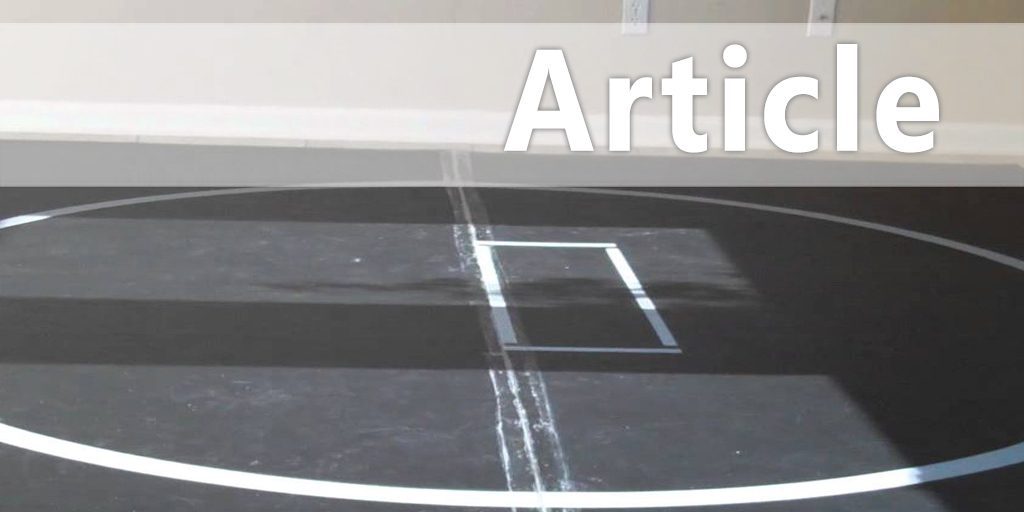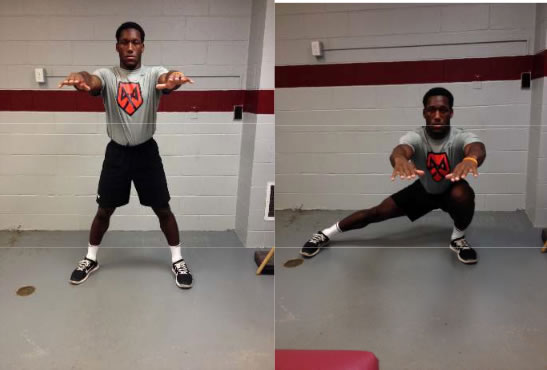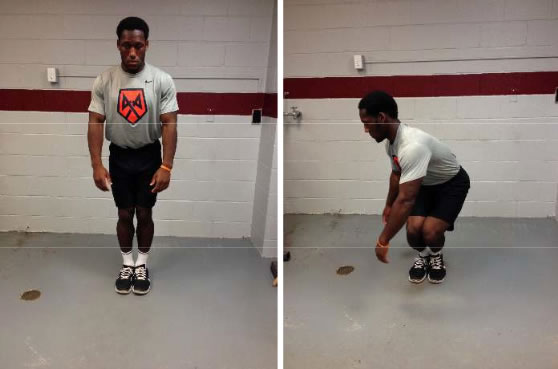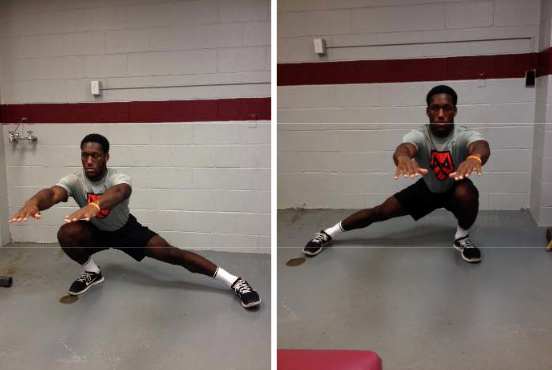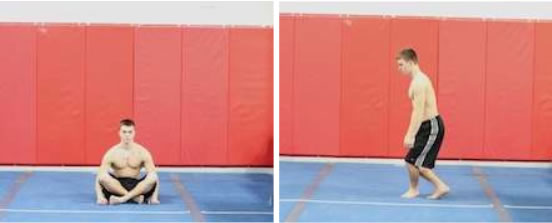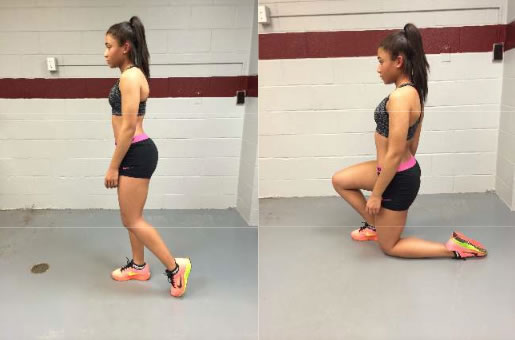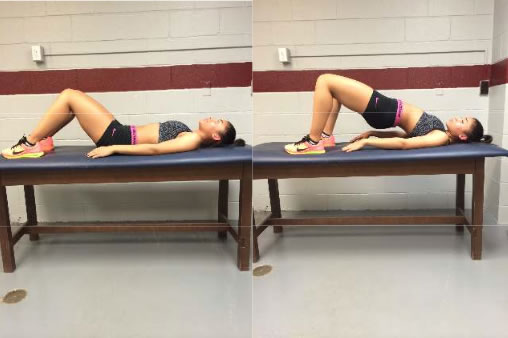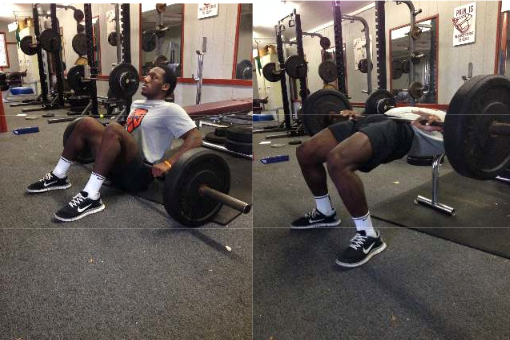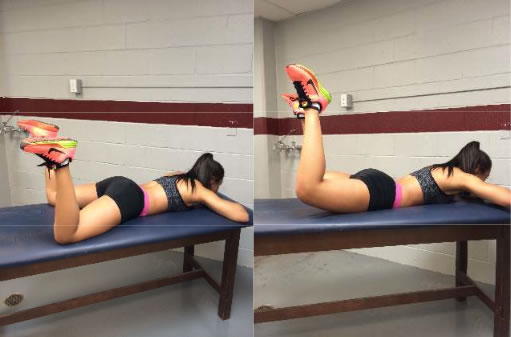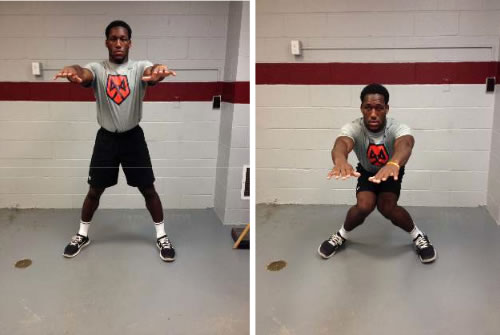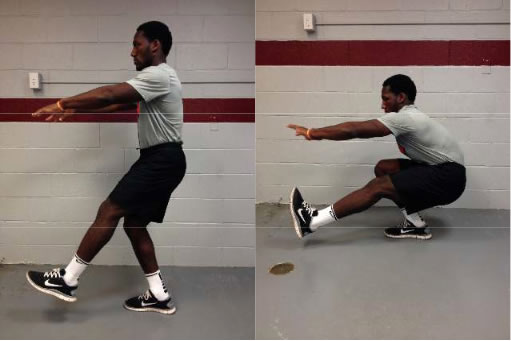|
Connective Tissue: The Key to Preventing ACL Injuries By: Damon Amato Provided by: Stack
So you want to do everything you can to prevent this injury. But where to start? Currently, ACL injury prevention focuses on muscle strength, quad-to-hamstring ratios and proper technique. This overlooks the most important part of prevention-strengthening the connective tissue. For our purposes, "connective tissue" includes ligaments, tendons, fascia and even bone. Catastrophic injuries typically happen in these areas, which aren't as resilient as muscle tissue. Muscle tissue takes roughly 90 days to replace itself on a cellular level. So every 90 days, every molecule in your muscle tissue has been replaced, repaired, and has possibly grown and adapted to new demands (if you are training). Tendons and ligaments have a replacement rate of 7 to 9 months. Bone takes 2 to 3 years. So any damage doesn't go away as quickly. The following exercises may look and feel funny, but they stress your ligaments and tendons just enough to cause adaptations that will protect your knee joints, improve your body control, increase your muscle strength and ultimately help you become a better athlete. Chris Sommer, former USA gymnastics coach, helped provide the framework for these exercises, many of which come from Coach Sommer's Gymnastics Strength Training manual. Guidelines • Do each set with the strength exercise immediately followed by the accompanying mobility exercise. Do not rest between them. • Don't move on to the next set of exercises until you have completed the previous one. • None of these exercises except the Hip Thrusters require any weight. You should be able to master every single exercise before you even consider putting a bar on your back. • Hip Thrusters are the only exercise where a barbell is necessary. Start with 60 percent of your body weight and work through the entire progression. Once you can master 5 sets of 10 reps, increase the weight by 20 percent and start over. Continue at this progression until you can do two times your body weight. • This program is for athletes who do not already have an injury-although it can be used while rehabbing under the supervision of an athletic trainer. You should also have reasonable hip and ankle mobility. If that is not the case, you've got to ratchet back your training to get a solid foundation before getting too intense. Strength Exercises/Mobility Exercises 1) Cossack Squats / 1) Skier Squats Cossack Squats
Skier Squats
Side-to-Side Squats
Twisting Squats
Speed Skater Squats
Hip Bridges
Hip Thrusters
Hawaiian Squats
Prone Leg Raises
Inside Squats
Pistol Squat
Straddle Sit Leg Raises
Conclusion Each strength exercise starts with 3 sets of 2 repetitions. You should do this combination as part of your regular strength training regimen two to three times that week. The progression of dosage is to increase by one set or two reps each week for three weeks, so the second week would consist of 5 sets of 3 reps, and the third week would consist of 5 sets of 6 reps. Every fourth week is a de-load week, meaning you do the same number of sets as you did the previous week, but you cut the reps in half. You want to eventually get up to five sets of ten perfect reps before moving on to the next exercise. For the combined mobility work, you want to do 5 reps for each set of strength work, so if the dosage a certain week is 4 sets, you'll do 4 sets of 5 reps of mobility work. If you think you are a stud and can motor through the progressions, try doing 5 sets of 10 reps along with the paired mobility exercise with no rest between sets. If you do all the reps perfectly-congratulations, you're a stud. Move on to the next exercise in the progression. Don't skip exercises; they are in this order for a specific reason. If you can't do Skier Squats, you're sure to hurt yourself attempting Twisting Squats. I recommend keeping some of the exercises in your warm-up prior to practice or competition, such as 1 or 2 sets of Twisting Squats and Hawaiian Squats to improve blood flow to the connective tissue at the knee joint, even after you have mastered the exercise. Once you're able to complete all exercises with the prescribed dosage, it's time to integrate more difficult exercises such as plyometrics, back squatting and front squatting with a weight on your back. Once you get there, your knees will be bomb-proof. |


